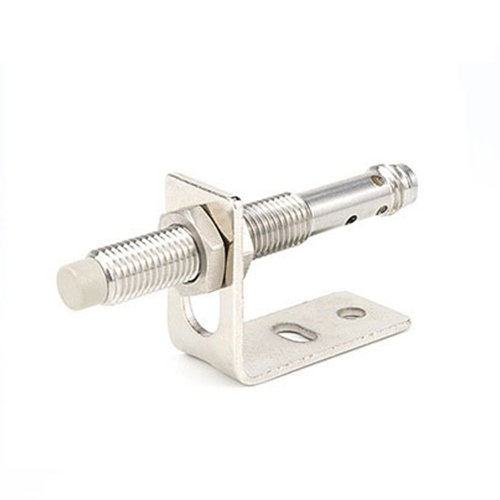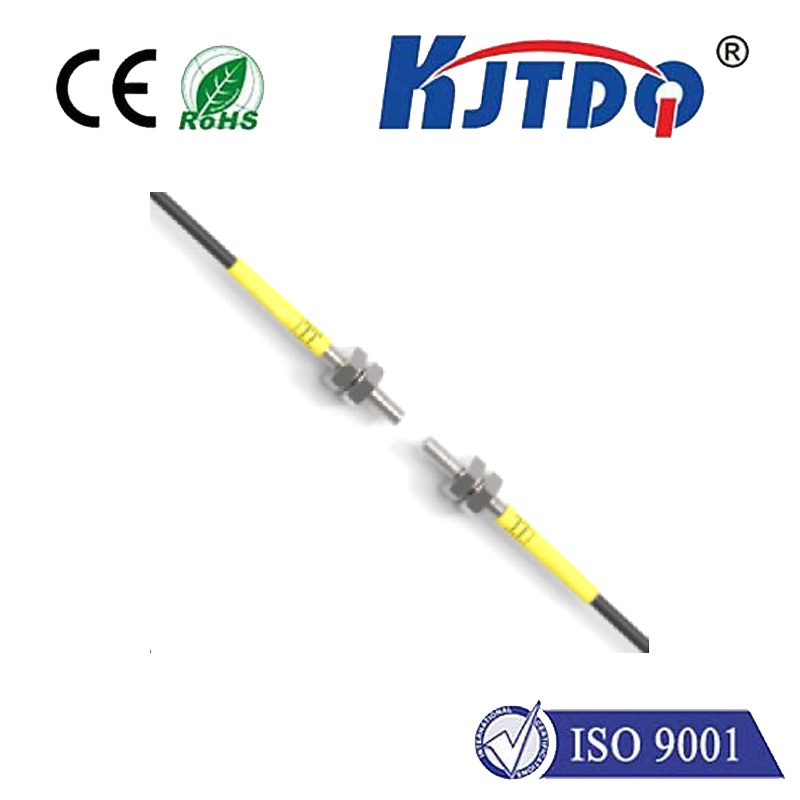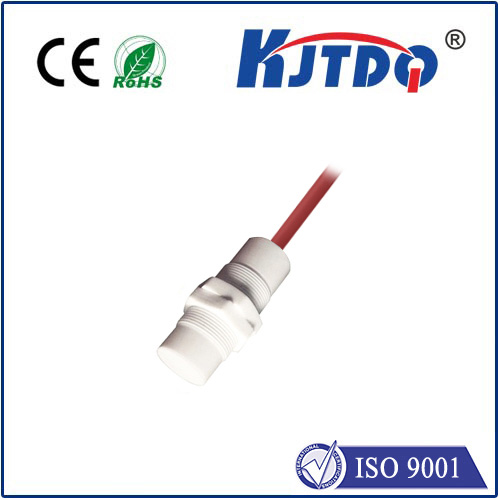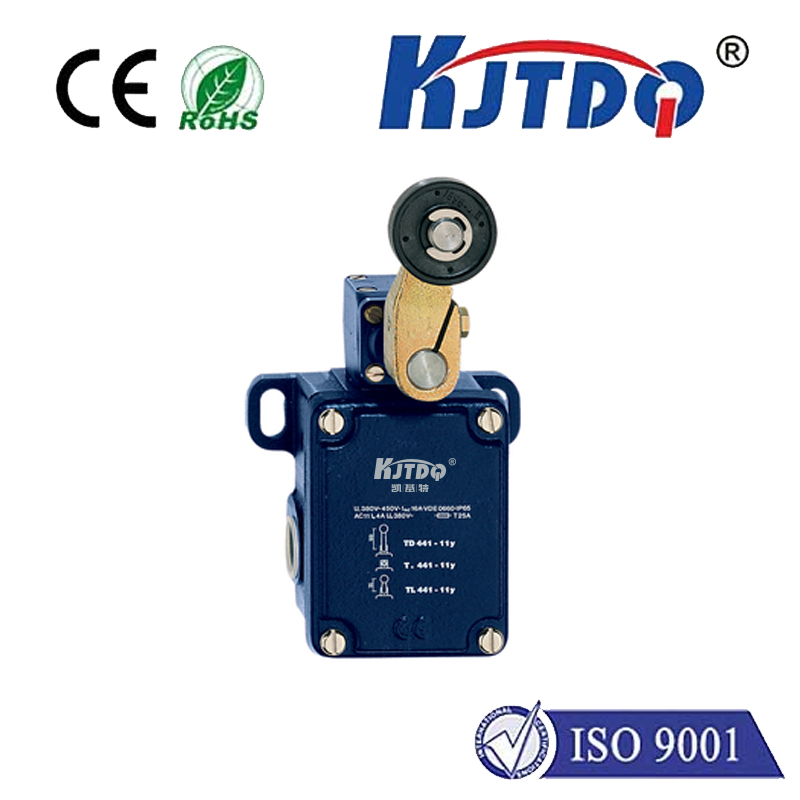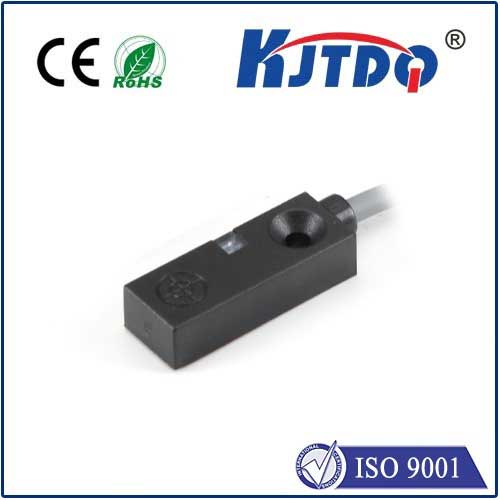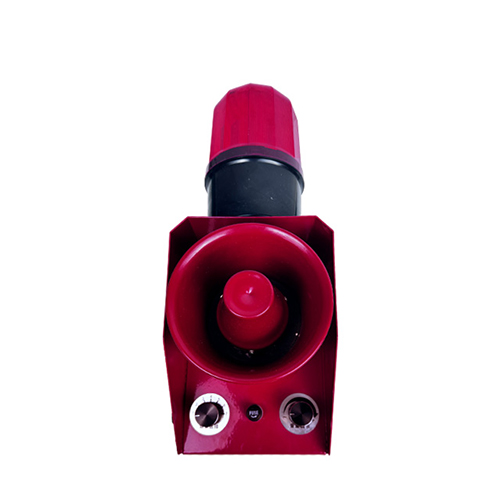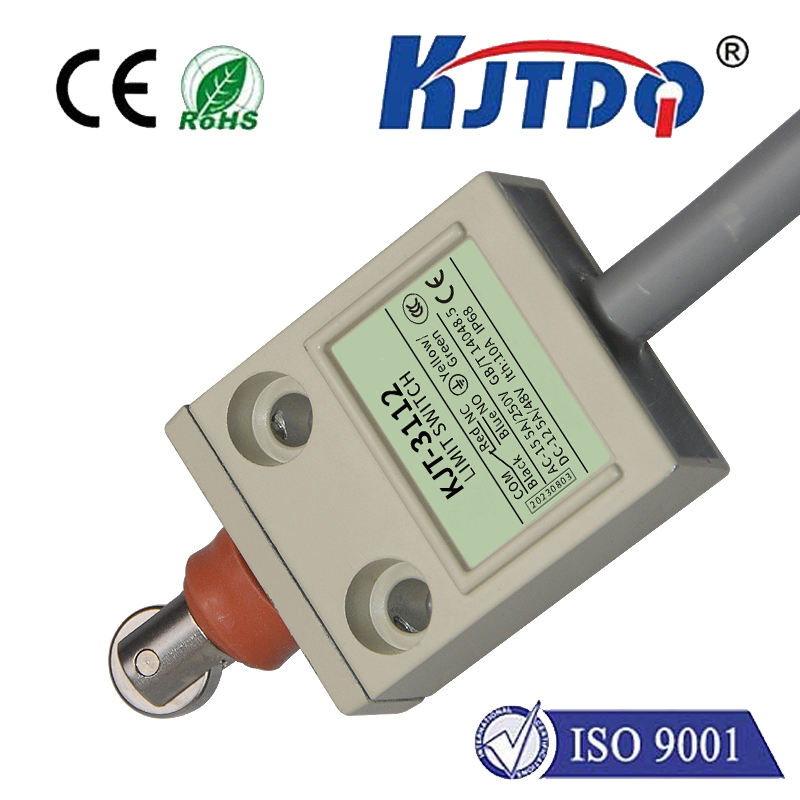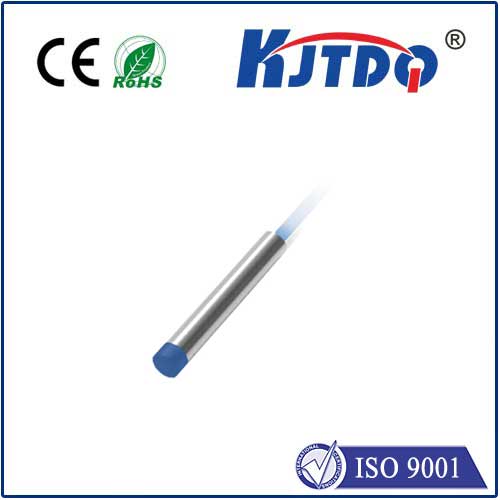

check

check

check

check
Picture this: A critical automated assembly line where precise object detection is paramount, but mounting positions are constrained, or targets need sensing from a safer distance. Standard sensors fall short, leaving gaps in efficiency or demanding complex mechanical solutions. This is where the unique capabilities of specialized components shine – components like the Omron E2E-X7D1-M1GJ-Z 0.3M proximity sensor. This specific model isn’t just another sensor; it’s engineered for scenarios demanding exceptional long-range inductive detection with robust reliability.
Decoding its identity reveals its purpose. “E2E-X7D1-M1GJ-Z 0.3M” isn’t random jargon; it’s a precise technical blueprint. “E2E” signifies Omron’s renowned cylindrical inductive proximity sensor series. “X7D1” points to its electrical characteristics – a 3-wire DC configuration (typically 10-30 VDC), featuring an NPN normally-open (NO) output transistor. This output type is extremely common and interfaces seamlessly with many PLCs and controllers. “M1GJ” indicates the housing material: a corrosion-resistant, durable stainless steel body, crucial for harsh industrial environments. “Z” often denotes specific connector/cable styles or minor variations within the sub-type. The defining feature, “0.3M”, explicitly denotes its impressive 30mm (millimeter) nominal sensing distance. This significantly surpasses the range of standard inductive sensors, which often max out at 5mm, 8mm, or 15mm.
But how does it achieve this extended reach? Like all inductive proximity sensors, the E2E-X7D1-M1GJ-Z operates by generating an electromagnetic field from its sensing face. When a metallic target (typically ferrous metals like iron or steel offer the best range, though non-ferrous metals like aluminum or brass can be detected at reduced distances) enters this field, it induces eddy currents within the target. The sensor detects the resulting change in the field’s oscillation amplitude, triggering its output switch. Achieving a 30mm range requires sophisticated coil design and electronic tuning within the robust stainless steel housing, allowing reliable detection without physical contact from farther away than most compes.

Why is this 30mm range such a critical advantage?
Beyond range, the E2E-X7D1-M1GJ-Z is built for toughness. Its stainless steel housing (M1GJ) offers excellent resistance to corrosion from oils, coolants, and chemicals commonly found in industrial settings like machining, automotive manufacturing, or material handling. It typically boasts a high IP67 ingress protection rating, meaning it’s dust-tight and can withstand temporary immersion in water (1 meter for 30 minutes). This makes it suitable for washdown areas in food & beverage or pharmaceutical applications. Furthermore, it’s designed to handle significant levels of shock and vibration, ensuring stable performance in demanding machinery.
| Key Specifications at a Glance | Value/Rating |
|---|---|
| Detection Principle | Inductive |
| Sensing Distance | 30mm |
| Output Type | NPN Normally Open (NO) |
| Supply Voltage | 10-30 VDC |
| Housing Material | Stainless Steel |
| IP Rating | IP67 |
| Temperature Range | Typically -25°C to +70°C |
| Response Frequency | Suitable for high-speed detection |
Where does this sensor excel? Its combination of long range and robust construction opens doors in numerous demanding sectors:
Integrating the E2E-X7D1-M1GJ-Z requires attention to standard inductive sensor practices:
**Choosing the E2E-X7D1-M1GJ-Z
